From Office to Cockpit: How Indian Working Professionals Are Becoming Commercial Pilots?
The Indian aviation industry continues to grow from strength to strength. Traditionally, many young people dreamed of becoming pilots
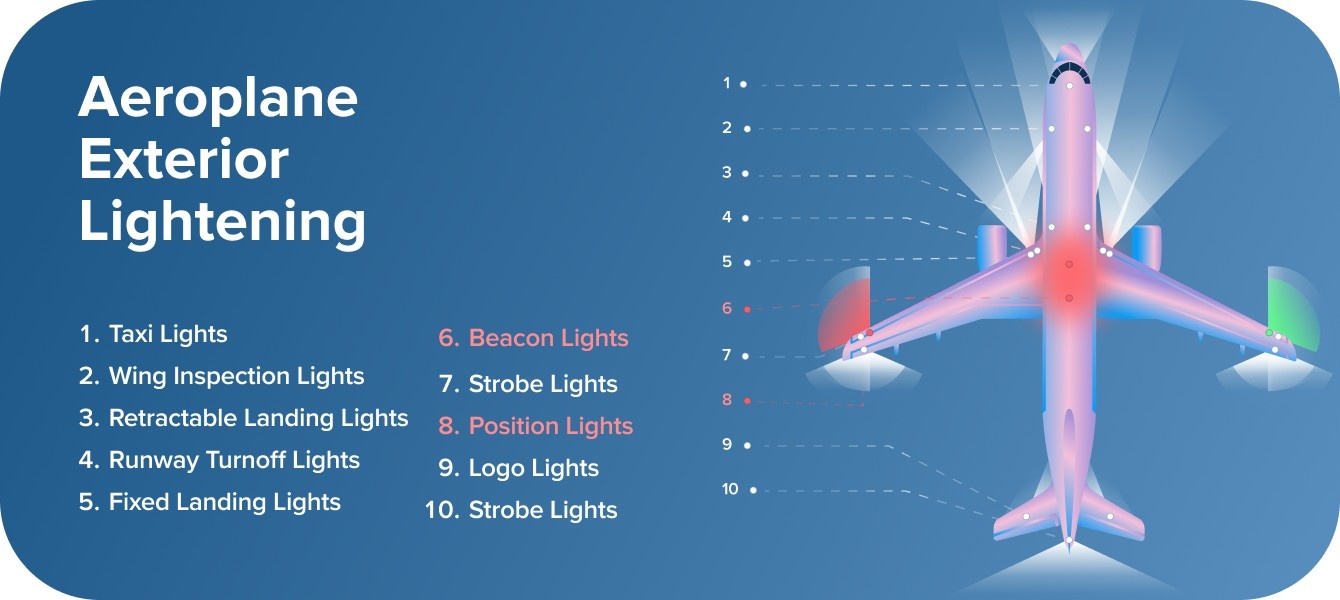
I am sure that you must have seen an aircraft flying in the sky, but I don’t know how many of you have noticed the lights blinking on the aeroplane. Yes, there are green and red lights on the wingtips. Have you ever wondered what the purpose of both lights is? The green and red lights are for navigational purposes. They enhance the visibility of the aeroplane to other pilots and air traffic controllers in the tower, thereby decreasing the risk of collision. Navigational lights serve various purposes. This blog will tell you everything about green and red lights on an aircraft.
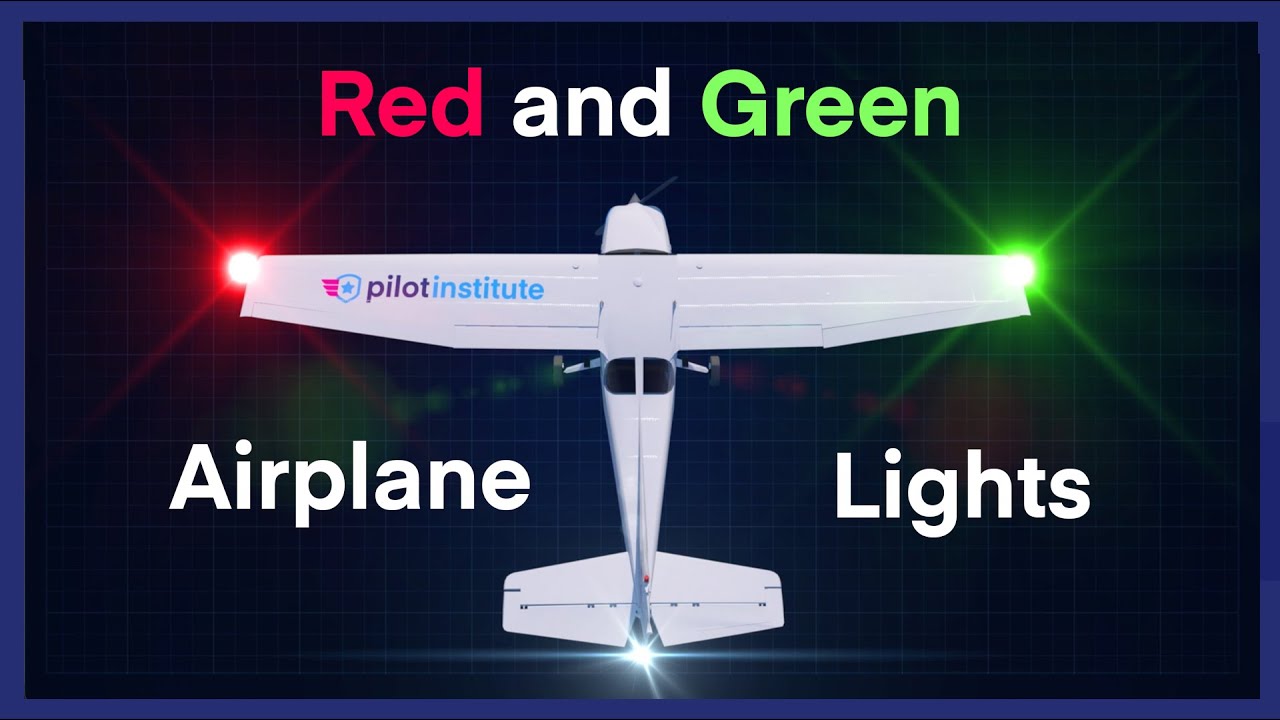
These lights increase the visibility to other pilots and ATCs on the ground. Moreover, it helps regulate the aircraft's direction, which is pointing relative to the observer. When the aircraft is facing you, it will have a green light on the left wingtip and a red light on the right one. The red and green lights are continuously on during the day.
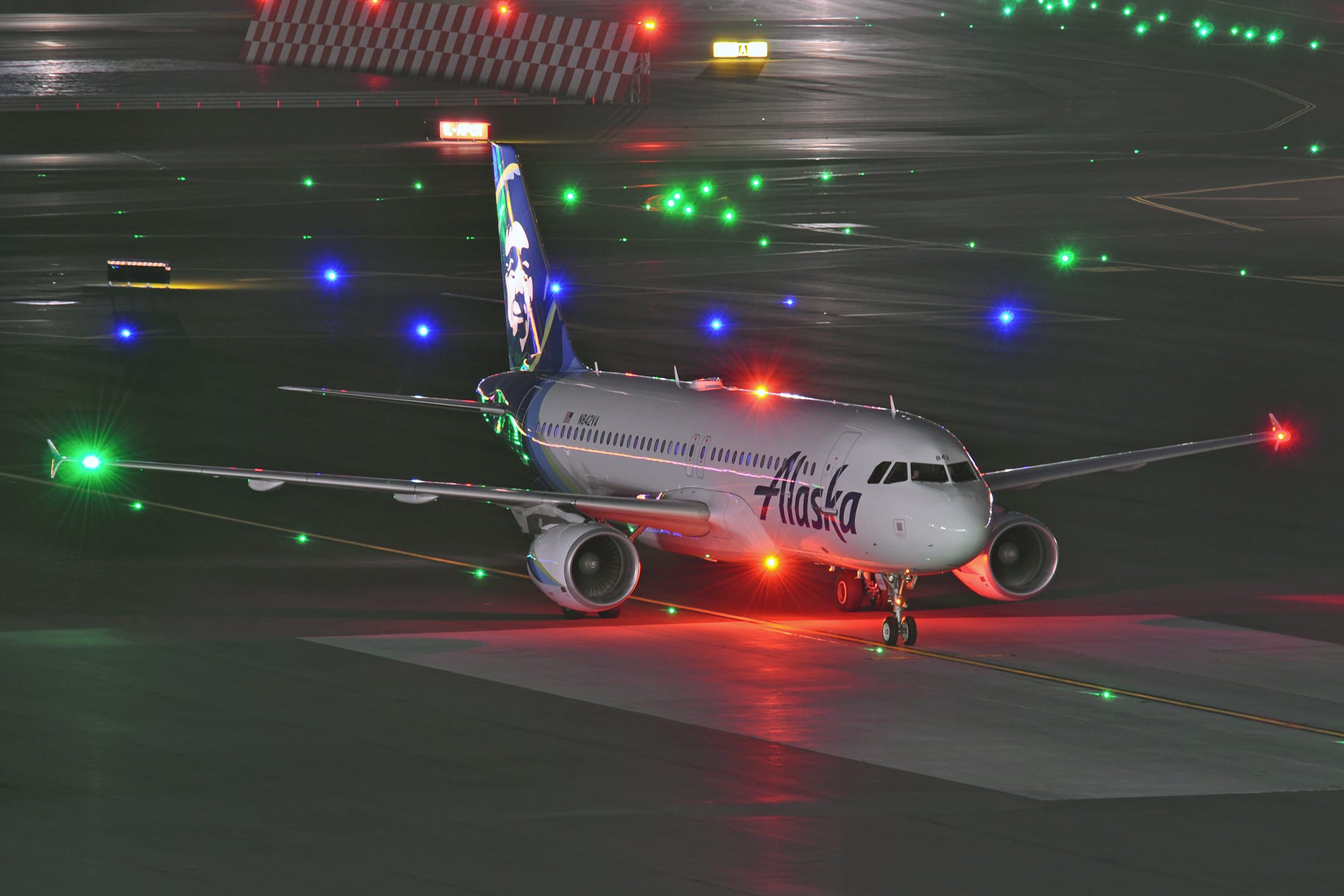
The different colours are more obvious than if the aeroplane just had one set of coloured lights. The blinking of other lights helps the aeroplane show up in a dark sky. These green and red lights are directly recognizable to pilots and air control towers. The green light is present on the left wing and the red light is on the right when standing before the aeroplane facing you.
One more reason for the dual-coloured lights is to differentiate the aeroplane from other aircraft, which also make use of lights to note their incidence in the sky. Drones only have one set of flashing lights. Furthermore, green and red lights are two colours that are easily distinguishable and are the easiest to see at night for humans.
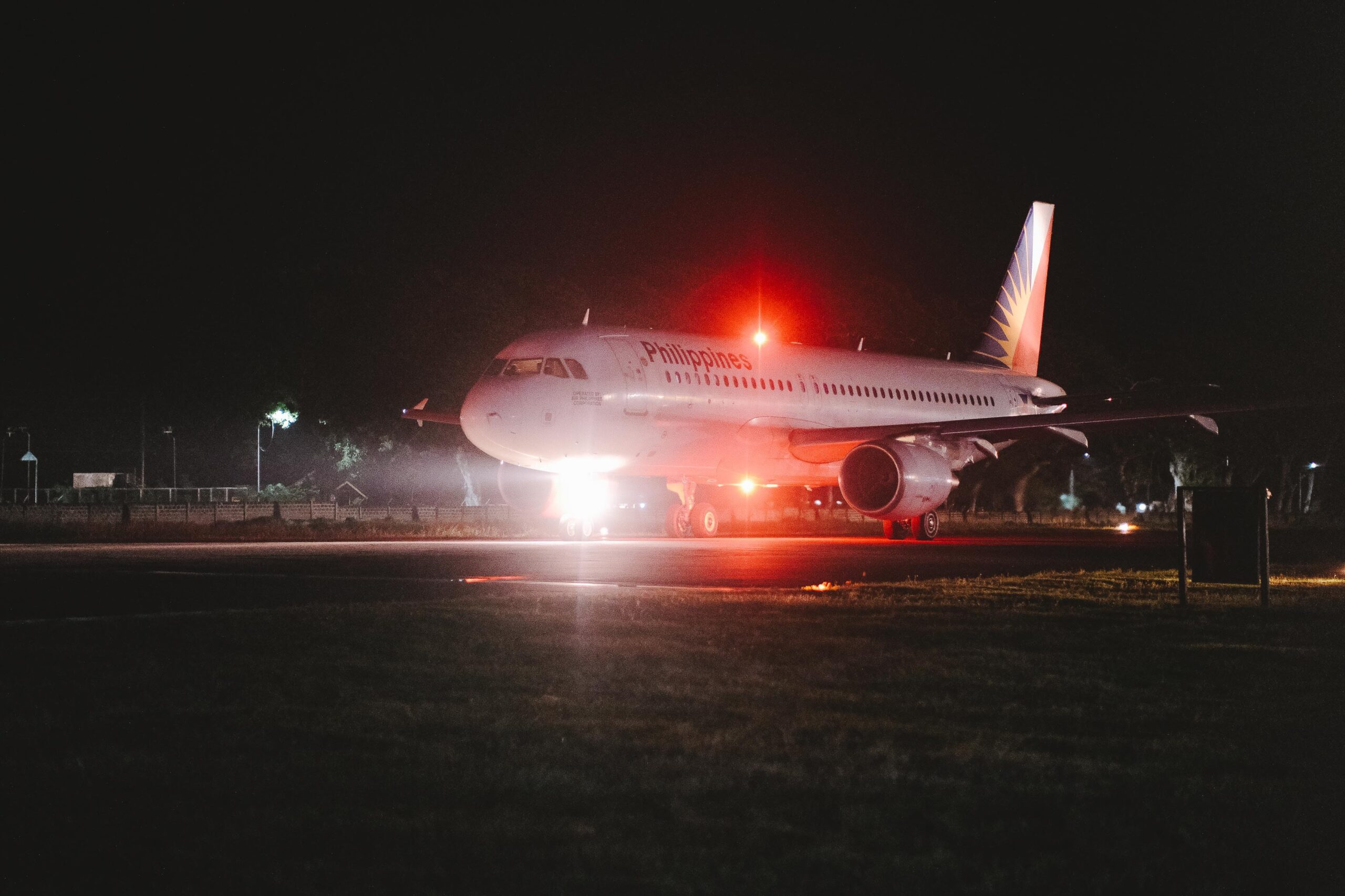
These lights can tell exactly which direction the plane is facing in relation to you, even in low visibility. With these lights, it is possible to see in which direction the plane is facing. If you only see the red light, it means that the plane is pointing to the left. If you can only see a green light, the aircraft is pointing to the right.
Moreover, white flashing lights are on the back of the wings of a plane. You can only see these two white lights, at the plane from behind, which is flying away from you. Moreover, if the green light is to the left and the red is to the right, then the plane is coming towards you. You can use the red, green and white lights to regulate the aircraft's direction.

Pilots also count on several other lights to ensure the safety of the aircraft. These lights increase visibility to help the pilot land.
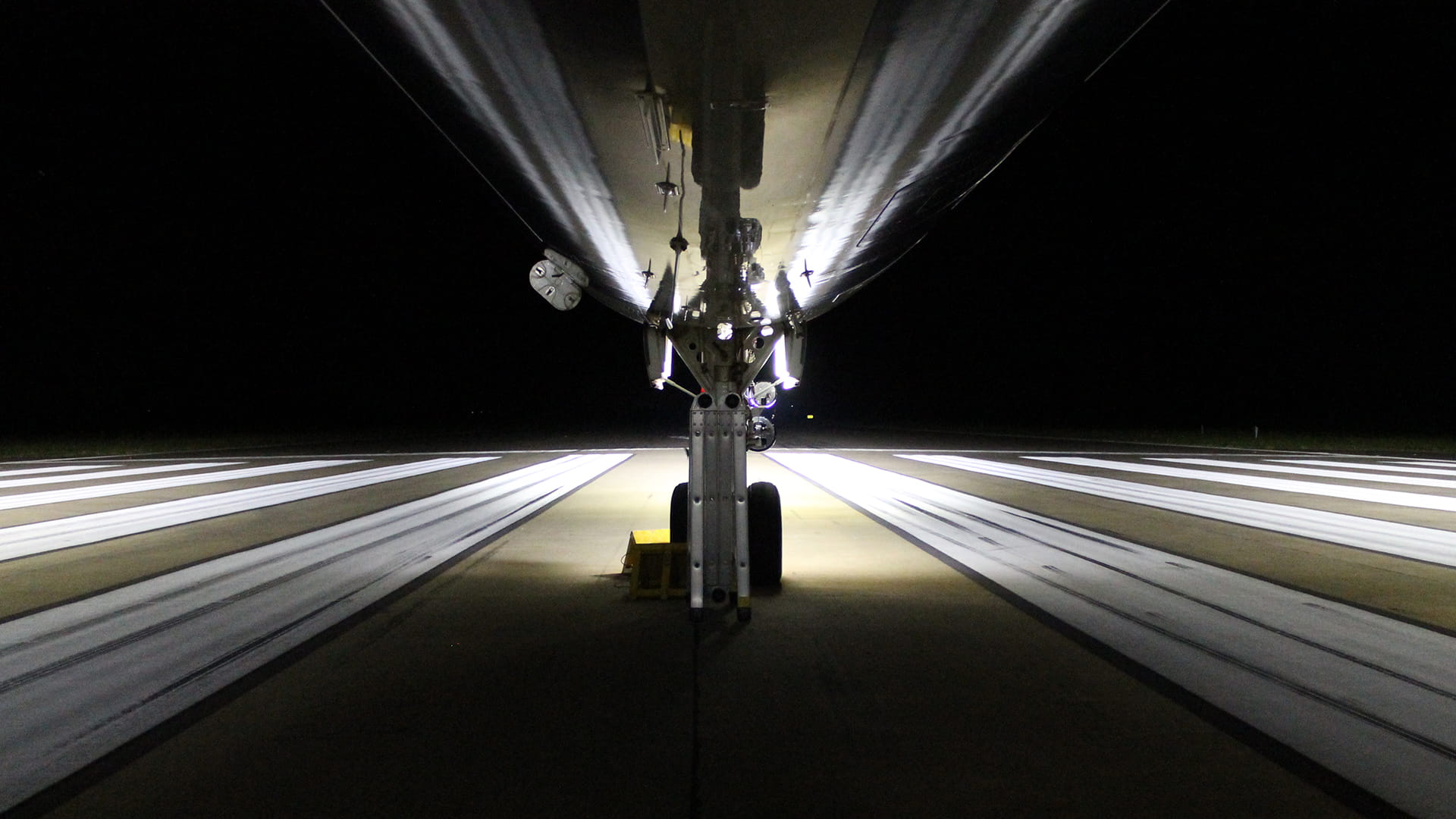
These lights are present on the wing or nose gear strut of the aircraft and point down to illuminate the runway. These lights are vital in helping the crew regulate where they are supposed to land and come to rest safely. These lights are mostly bright, and in themselves, they also help increase the plane's visibility to other pilots.
For newer aircraft, the Alternative Landing Light System pulses the left and right lights alternatively to improve visibility for the plane as it approaches the runway for landing.
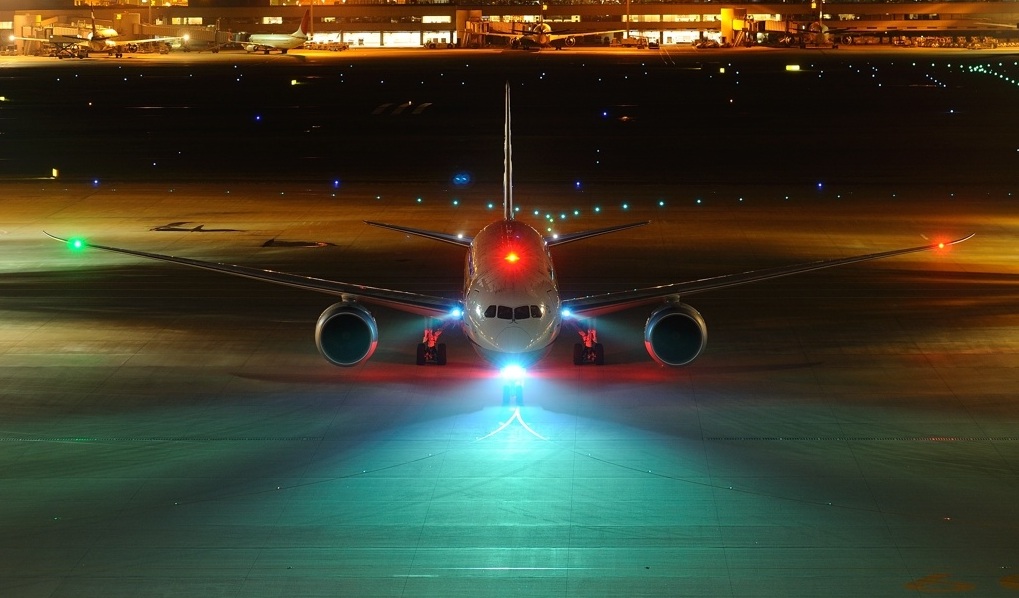
The taxi lights light the taxiway, so that the pilots can see where they are going. Located on the nose gear strut and wing, they work together with lights on the taxiway to help pilots see where they are going.
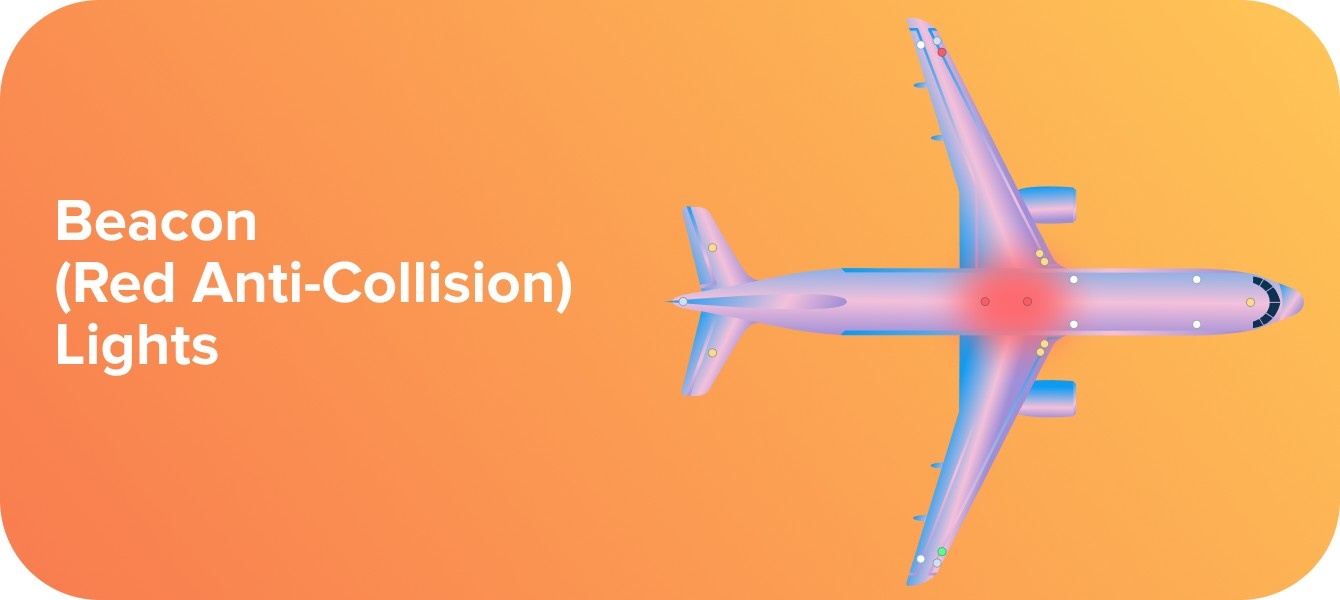
These lights improve the visibility of the aircraft and alert other pilots. These red lights flash as a warning signal to anyone, indicating that the aircraft is in operation and that they should stay clear.
These lights entice the attention of other pilots and ground crews. Likewise, notice the two white lights on the rear of the wings.
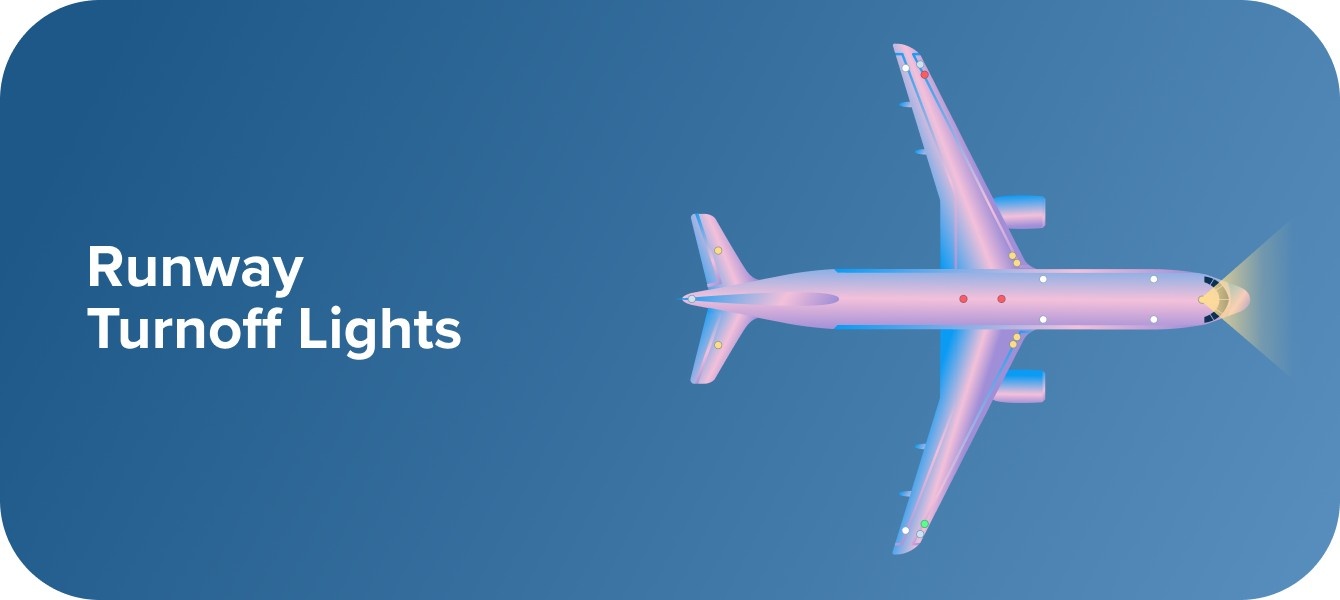
These are similar to landing lights, but they are not as bright and are positioned near the nose of the aeroplane at an angle to brighten up the exit of a runway. Characteristically positioned on the nose strut, these lights are also supportive for a pilot throughout sharp turns on the taxiway.
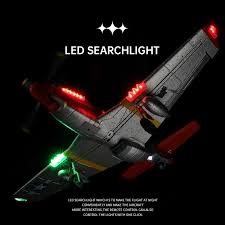
Searchlights light objects on the ground or in the water. These are useful in locating survivors after a natural disaster, but they can also be used to look for missing persons or objects.
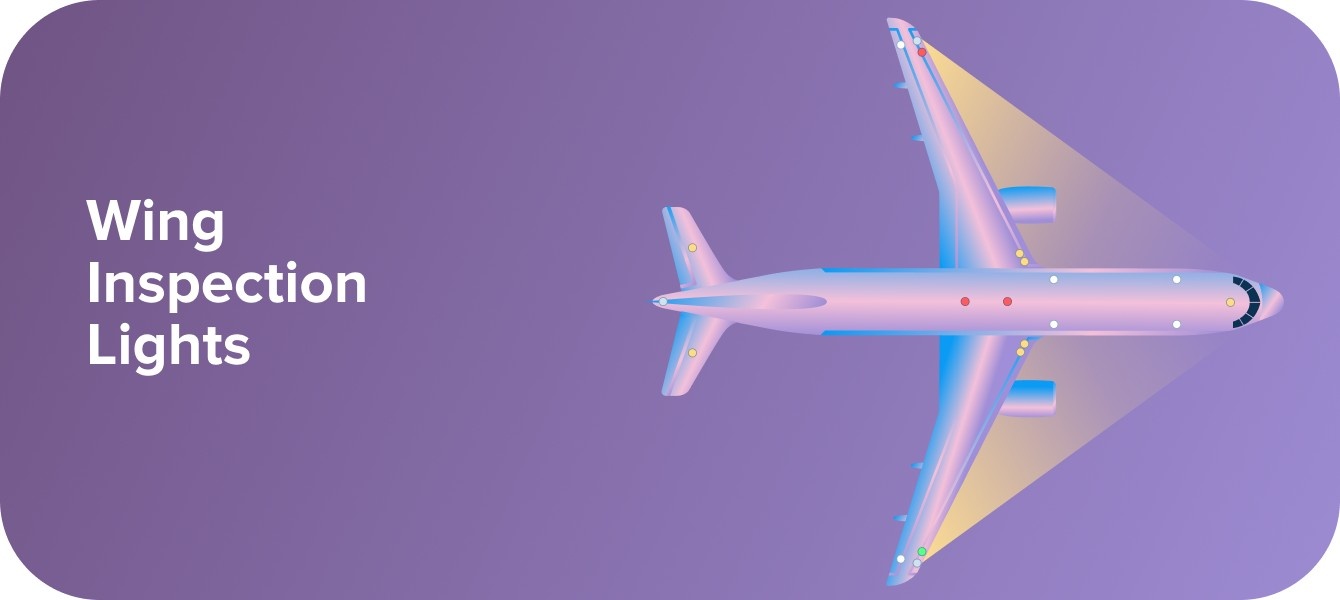
These are pointed back towards the wing and engines; these lights help the flight crew determine whether there is any ice formation on the wings. The existence of ice on an aircraft's wings is hazardous and would indicate that the plane is not ready for a flight without deicing. Though mostly used on the ground before a flight, pilots can also use these lights during a flight.
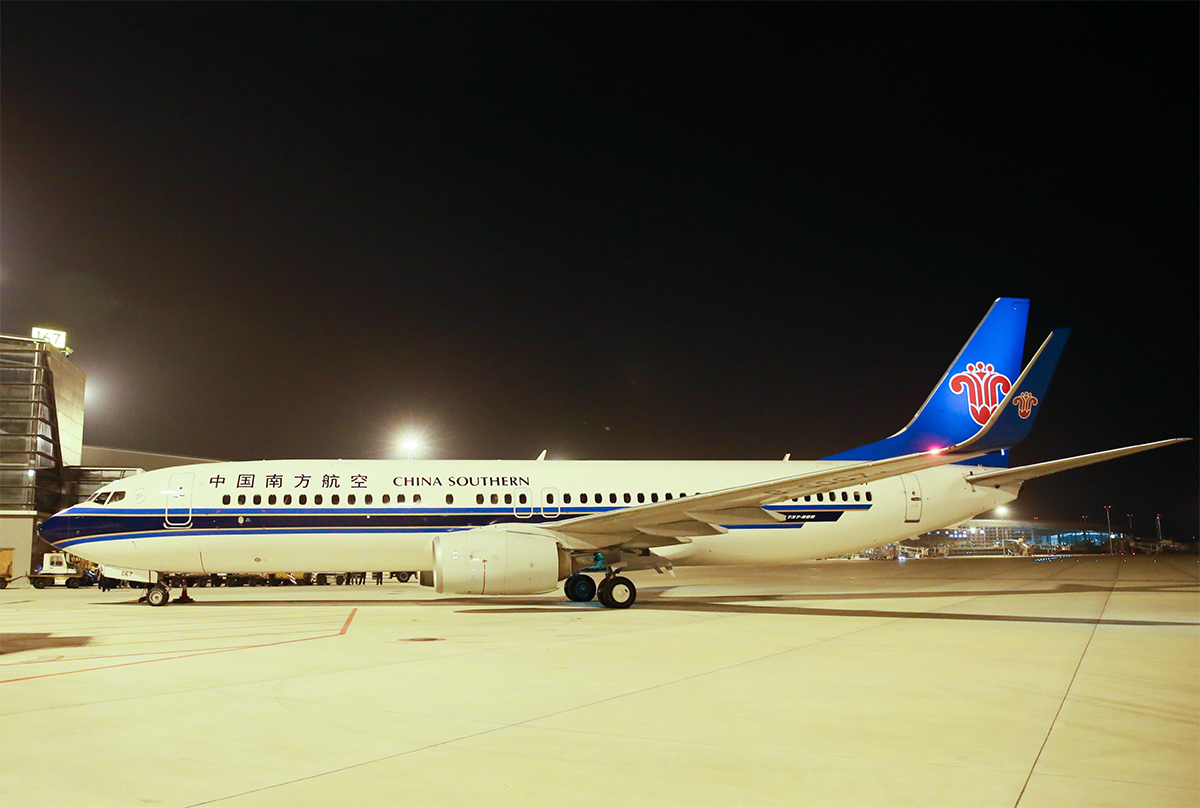
These have become a standard feature of commercial aeroplanes. Not just do they improve the aircraft's visibility, but they also aid other pilots and ground crew to recognize the plane rapidly.
There are various lights on aeroplanes, serving specific purposes, such as identifying the aircraft’s direction, enlightening the plane at night, or helping the pilot and flight crew with a safe landing. The red and green lights help spectators identify the direction from which they are observing the aircraft. Other lights on the aircraft help increase visibility and help the pilots in landing.
If you want to fly an aircraft as a pilot, then you should take proper training from a recognized flight training school.
Flapone Aviation is one of the best institutes that can help you become a pilot. There are all the state-of-the-art facilities and experienced flight instructors to help you at every step of your training journey and ensure that you have learned all the theoretical and practical aspects of aviation in the best possible way.
Connect with our aviation mentors to find the right path toward becoming a licensed aircraft pilot.